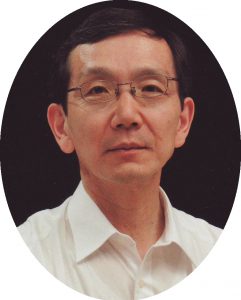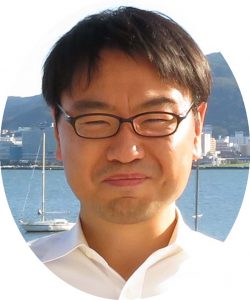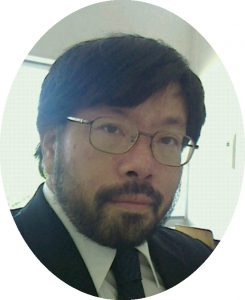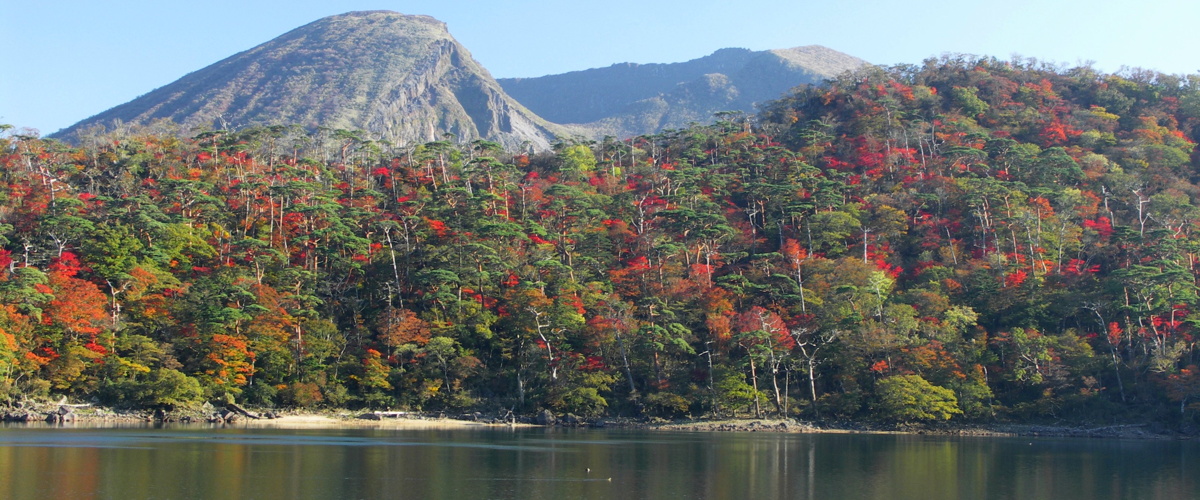Plenary Talk
Presenter:
Prof. Tetsuji Tokihiro
Graduate School of Mathematical Sciences, the University of Tokyo

Title:
Mathematical model for the dynamics of endothelial cells in angiogenesis
Abstract:
Biography:
Tetsuji Tokihiro received the B.E., M.E., and Dr. Eng. degrees from the University of Tokyo, Japan, in 1979, 1981 and 1986, respectively. He became a Research Associate, a Lecturer, and an Associate Professor at the University of Tokyo in 1983, 1990, and 1995, respectively. He is currently a Professor in the Graduate School of Mathematical Sciences, the University of Tokyo. His current research interests include nonlinear dynamical systems and modeling in medical sciences.
Invited Talk
Presenter:
Prof. Satoshi Nakada
National Institute for Environmental Studies

Title:
Visualization of river plumes in coastal seas using satellite observations and land-sea simulations
Abstract:
River plumes spreading from estuaries can determine the water quality and circulation in coastal oceans and can transport land-derived nutrients to the ocean, leading to the primary production in ocean ecosystems. This paper addresses the visualizations of the river plume dynamics using spatiotemporally high-resolution sea surface salinity (SSS) maps in coastal oceans produced by land-ocean integrated simulations and ocean color images derived by the world’s first geostationary satellite ocean color observations. For example, we successfully described the dynamics of the river plumes; the plume with the low-salinity water was largely extended into the bay in periods of pre- and post-typhoon. Further, we can validate the simulated results of the river plumes produced by a state-of-the-art, land-sea coupled simulations, using the high-resolution, satellite-derived SSS data. In contrast to the conventional analyses, high-resolution, datasets of SSS and its visualization can provide better understanding of the plume dynamics.
Biography:
Satoshi NAKADA received the B.F. and M.F. degrees from Hokkaido University, Japan, and Ph.D. from Kyushu University, Japan, in 1999, 2001 and 2008, respectively. He became a post-doctoral research fellow at Yonsei University in 2008, Research Institute for Humanity and Nature in 2009, and Kyoto University in 2010, respectively, and an Assistant Professor at Kobe University in 2014. He is currently a Senior Researcher in the Center for Regional Environmental Research, National Institute for Environmental Studies. His current research interests to investigate linkages between ocean and land, and to visualize them using satellite products and large-scale numerical simulations.
Tutorial Talk
Presenter:
Prof. Hiroshi Kawai
Faculty of Information Systems and Arts, Toyo University

Title:
How to make your own pre- and post-processors using ADVENTURE AutoGL?
Abstract:
ADVENTURE AutoGL (pronounced as ‘O-te-ga-lu’) is a graphics and GUI library, dedicated for simulation-based research and development. It is designed for the simulation users to develop their own data viewers and editors. Currently, the library is used among many researchers and simulation users, mainly in universities and national research centers. Its functionalities and supported platforms are explained. AutoGL applications of various kinds of simulation methods are demonstrated also.
Biography:
Hiroshi Kawai is a professor at Faculty of Information Sciences and Arts, Toyo University. he has worked on the Finite Element Method, Mesh Generation, Visualization, High Performance Computing, Fracture Mechanics etc. Currently, his research interests are in the field of Computational Mechanics for huge scale analysis on HPC environment. He has proposed and developed an integrated CAE system for large scale finite element analysis, including efficient tetrahedral element-based mesh generation, visualization and performance tuning of linear algebraic solver for domain decomposition method. He has published 50 archival papers in international and domestic journals. He has made a numerous international and domestic conference presentations. He was the recipient of The JACM (Japan Association for Computational Mechanics) Computational Mechanics Award.


